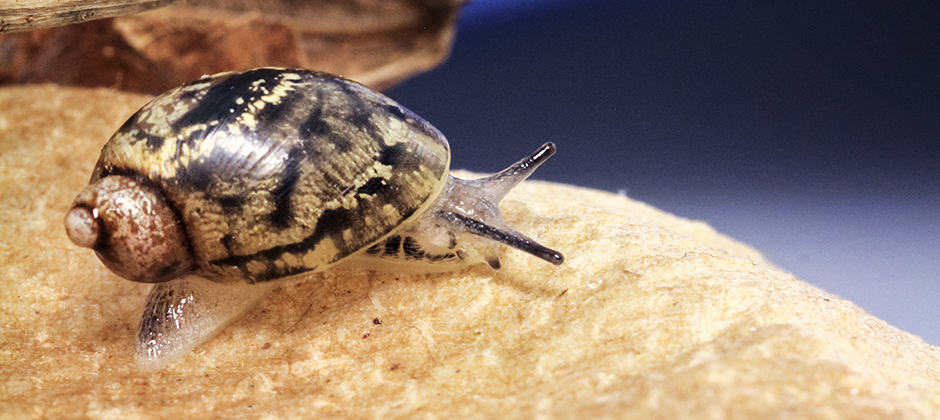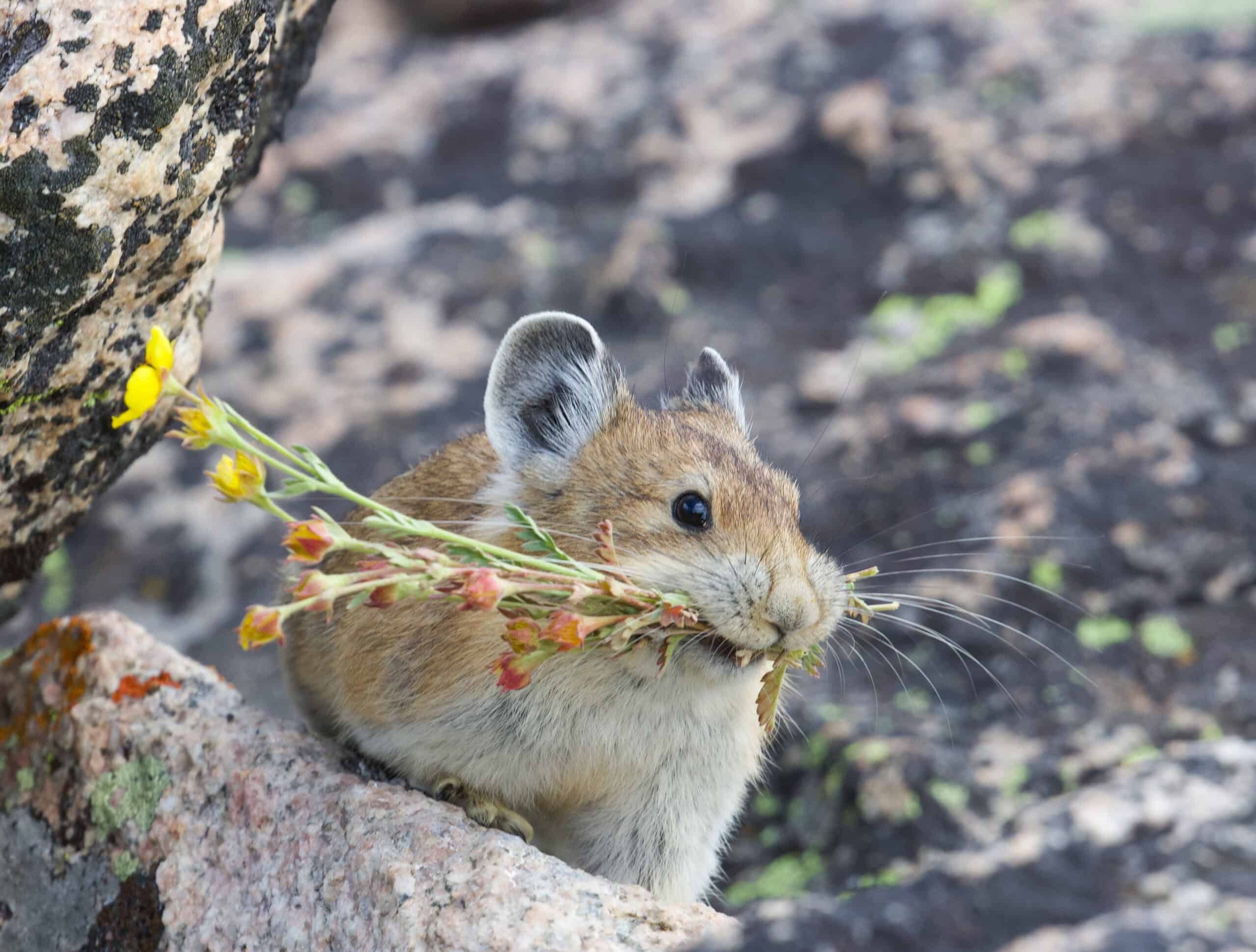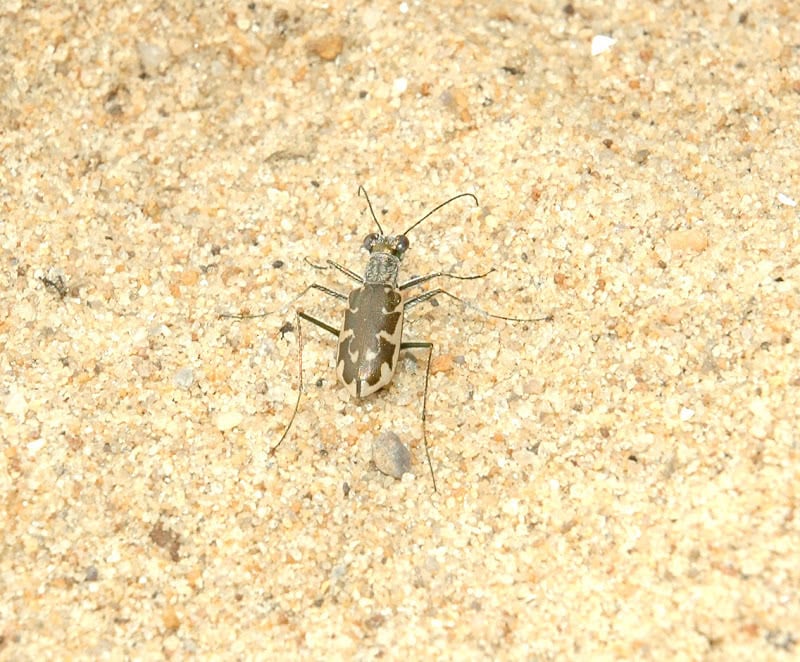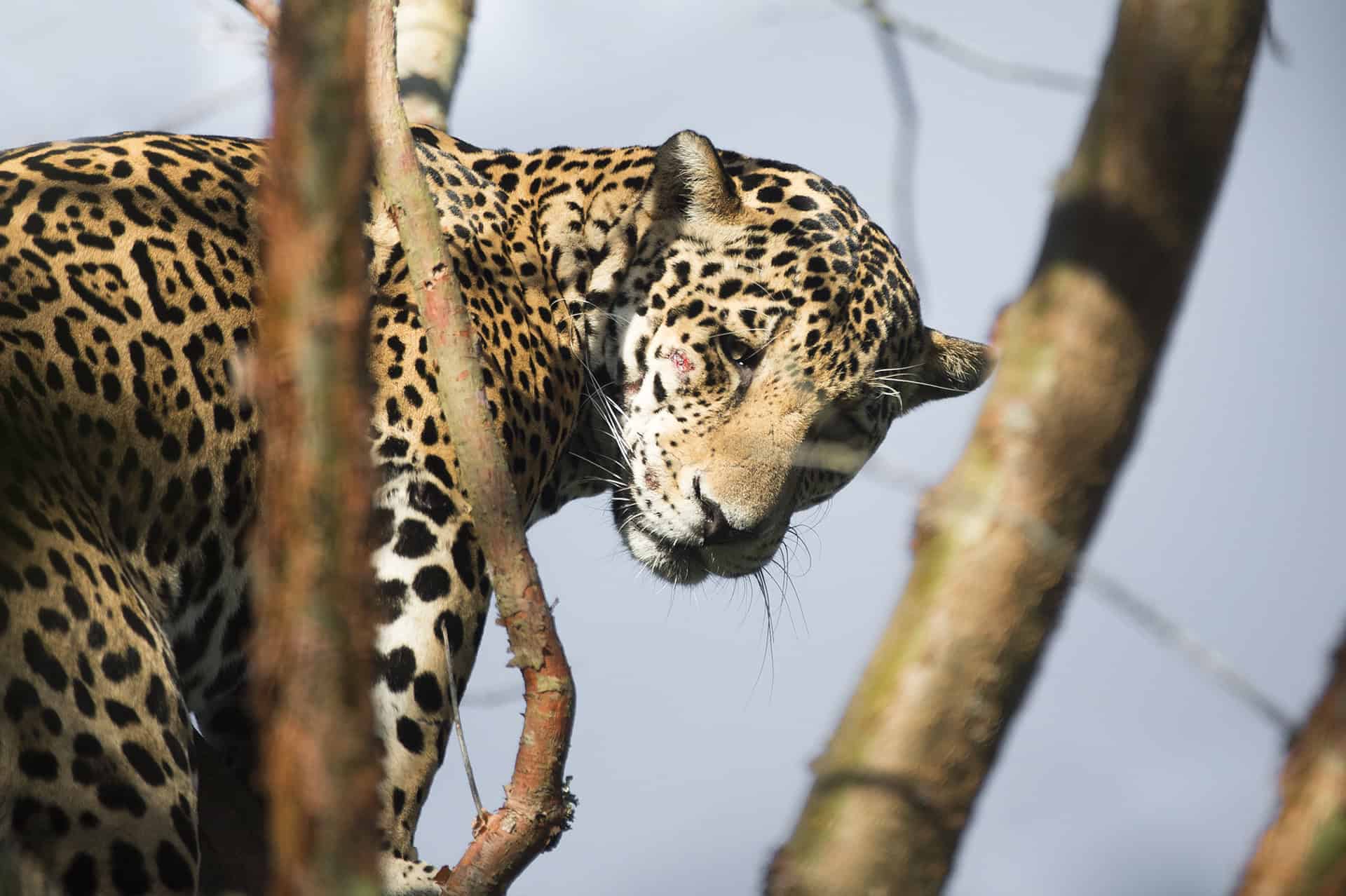Share this article
How do you conserve rare snails? Dig into their picky diet
It was a test of patience for researchers who recently found out how to feed the particular tastes of one of the rarest snail species in the world.
Chittenango ovate amber snails (Novisuccinea chittenangoensis) are only known to live in the wild on a single waterfall — their namesake cascade in New York state’s Chittenango Falls State Park. There are only about 200 to 300 of the snails in existence, essentially walled off from the outside world. This leaves the snails particularly vulnerable to catastrophe. A single flood could cause instant extinction.
“Their habitat is about the size of a living room, and that’s their entire range,” said Cody Gilbertson, a lead technician on the project working on the snails at the State University of New York’s College of Environmental Science and Forestry’s research foundation and lead author of a study published recently in the Journal of Molluscan Studies.
Researchers have long attempted to raise a captive population of the snails in case something goes wrong with their exclusive habitat. But earlier efforts to keep the snails in captivity, let alone breed them, ended in failure. One attempt in 1995 saw almost 80 percent of the captive snails die within two weeks.
After she began working with them, Gilbertson said, the snails “kind of stole my heart.” Watching them, she found, was very peaceful. “Since then I’m more dedicated to the little guys in the world,” she said.
She began working on a plan to conserve these snails through the help of an unlikely ally — the invasive common amber snails (Succinea putris), known to local researchers as “species B,” which have been moving into the native snails’ territory.
Species B, which likely came from Europe, looks almost the same as the thumbnail-sized Chittenango snails except they lack a black spot the Chittenango snails have on their foot. Researchers would often remove and euthanize these unwanted intruders, but Gilbertson decided to see if she could maintain a captive population as a pilot project. She tried a number of different ways to keep them from dying. Finally, she found, giving them decomposing leaves was the solution.
She got permission to try it with Chittenango snails. Initially, it failed, and she had to release them before they died in captivity. But subsequent work with species B found not just any leaf would do, and she had to further narrow the diet parameters.
When Gilbertson accidentally acquired a hatchling Chittenango snail along with some leaves she gathered, she had her chance. She got permission to keep it for a while and fed it different types of leaves, noting which type it ate. By trial and error, she eventually found the gastropod chomping on cherry leaves.
“As soon as I put in these thin cherry leaves, it just started devouring them,” she said. But not just any cherry leaves. The snails refused to touch thicker leaves, even if they came from the same tree.
Gilbertson and her co-authors built on their success. They now have two captive snail colonies, using cherry leaves that they first let decompose. In one colony, 62 percent of the snails fed with the cherry leaf diet survived — a remarkable feat considering the gastropod’s lifespan is about 2 ½ years. The snails are also procreating, and the researchers have raised about 1,000 snails from eggs so far.
It’s not just about this single snail, Gilbertson said. A study of species that have gone extinct since 2004 found that non-marine mollusks, like snails and slugs, make up 42 percent of the species that have gone extinct since 1500, according to the International Union for the Conservation of Nature.
“Worldwide, snails inhabit every little niche that you can think of,” she said, and they provide important services to the ecosystems they inhabit. Learning more about these snails can allow researchers to apply these strategies to other snail and slug species around the world. “We’re in a biodiversity crisis where we’re losing species.”
Header Image: Chittenango ovate amber snails only live on one side of a single waterfall in Chittenango Falls State Park in New York state. ©Credit Wendy P. Osborne








